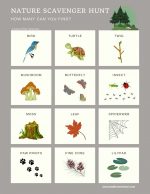022.
Homeschooling In The Wild
What are the benefits of outdoor nature time?
How do you get your family to spend more time outside?
How do you incorporate nature study into your homeschool?
Tune in this week while we discuss these topics and more!

Click PLAY Button Below or Subscribe and listen on your favorite podcast platform:
Show Notes
I am a certified Master Naturalist and a hiking group leader and I have been bringing groups of kids into the woods for about 14 years. I really wasn’t always like this though! Forging a love of nature is something I have grown into and it really started after becoming a mother and seeing how excited my kids were to explore the outdoors. I remember very specifically standing on the edge of the woods, looking down a trail with my kids and my son saying- can we see where this goes? And though I was hesitant, I said yes! And this started us on a path (literally) of chasing down all the trails we could.
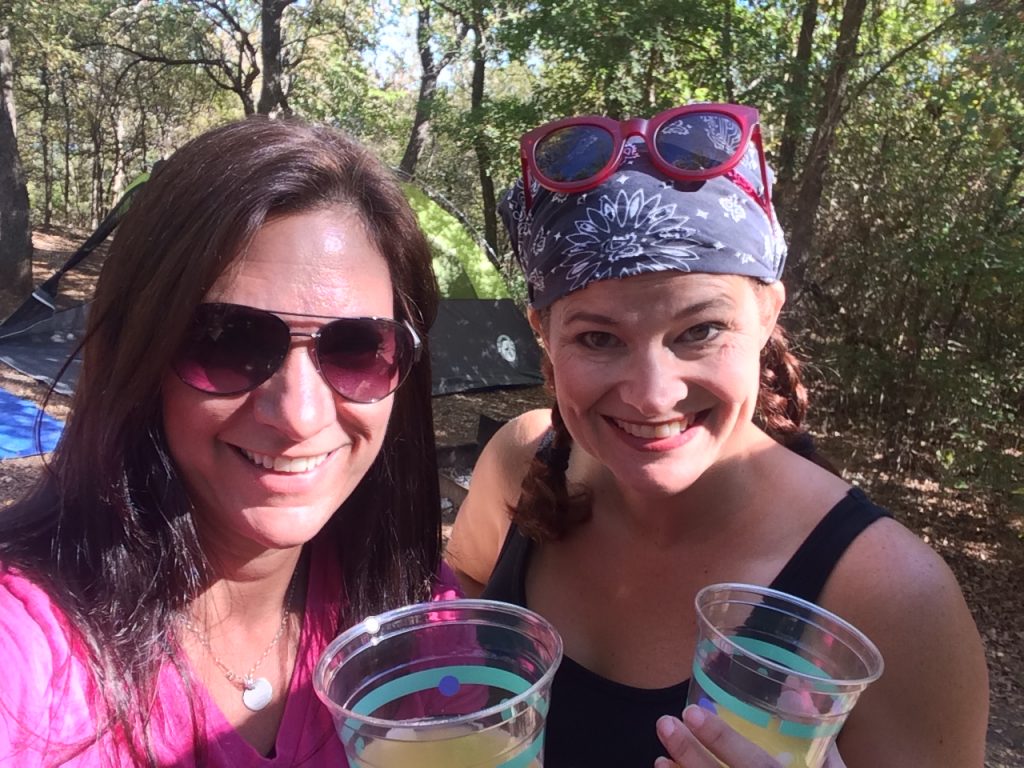
Like you, Nicole, I’ve always loved nature and being outdoors. Up until the age of 9, my family lived near a lake in rural Michigan. I’m the youngest of 4 and one of those classic GEN Xers that spent all day outside, drinking from the water hose. My mom would tell us to come back in at dinner time. Outside, we would explore the woods and eat wild blackberries. It was quite the life! My parents were immigrants from Cuba and had four children by the age of 25. We had no extended family in the area, so it was just the six of us and money was really tight. The only vacations we could afford were camping, and it may not sound like much, but for a little kid, it was incredible. We would go to campgrounds on Lake Michigan. We explored the woods and climbed the sand dunes and swam in the great lake. Also, I was also a Girl Scout and there was always a camping trip, or some activity organized in nature. So, when it came time to introduce nature to my own children, it was a no-brainer!
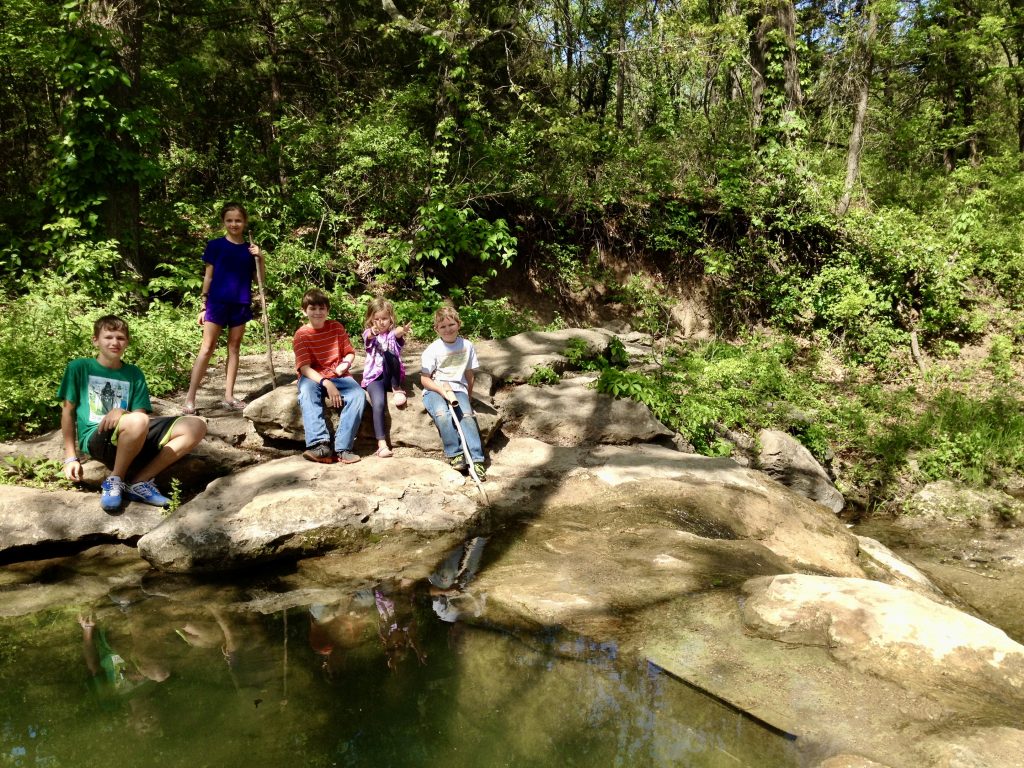
The benefits of outdoor nature time are well documented scientifically. The article “Nurtured by Nature” from the American Psychological Association has so much information about the cognitive benefits of nature and just study after study that show that nature has benefits for both physical and psychological human well-being.
Nurtured by Nature
American Psychological Association
The Key points of the article
- Spending time in nature is linked to both cognitive benefits and improvements in mood, mental health and emotional well-being.
- Feeling connected to nature can produce similar benefits to well-being, regardless of how much time one spends outdoors.
- Both green spaces and blue spaces (aquatic environments) produce well-being benefits. More remote and biodiverse spaces may be particularly helpful, though even urban parks and trees can lead to positive outcomes.
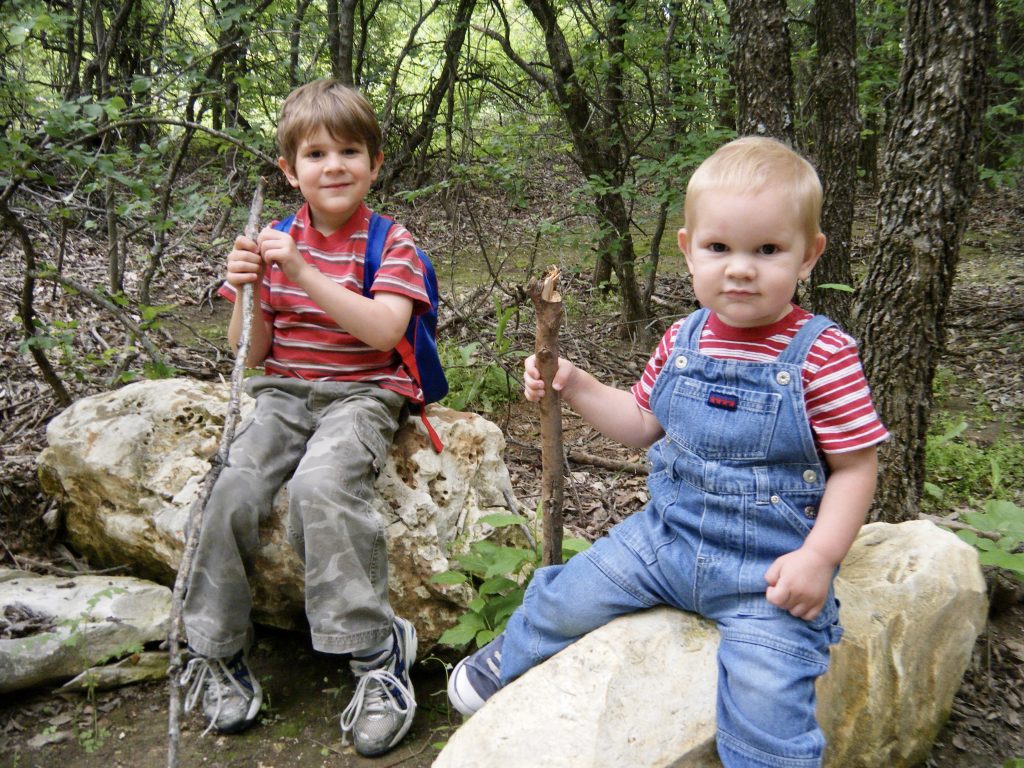
People who live in urban environments may think that they may not have access to natural places or they might think they need more time to drive out to a natural environment. But you can find pockets of nature everywhere and it doesn’t take much to reap those benefits.

What are the benefits of outdoor nature time? (8:04)
- Increased feelings of calmness and stress reduction
Sometimes just taking the time to unplug and go outside can do wonders for lowering stress levels. We are surrounded by screens daily and always just so busy. Nature can have a calming effect on our brains, even if it means going outside for only 5 minutes a day. Outdoor exercise, like going for a walk, hiking, biking, paddleboarding, all just gets the blood flowing and heart pumping, which is another way to lower stress levels.
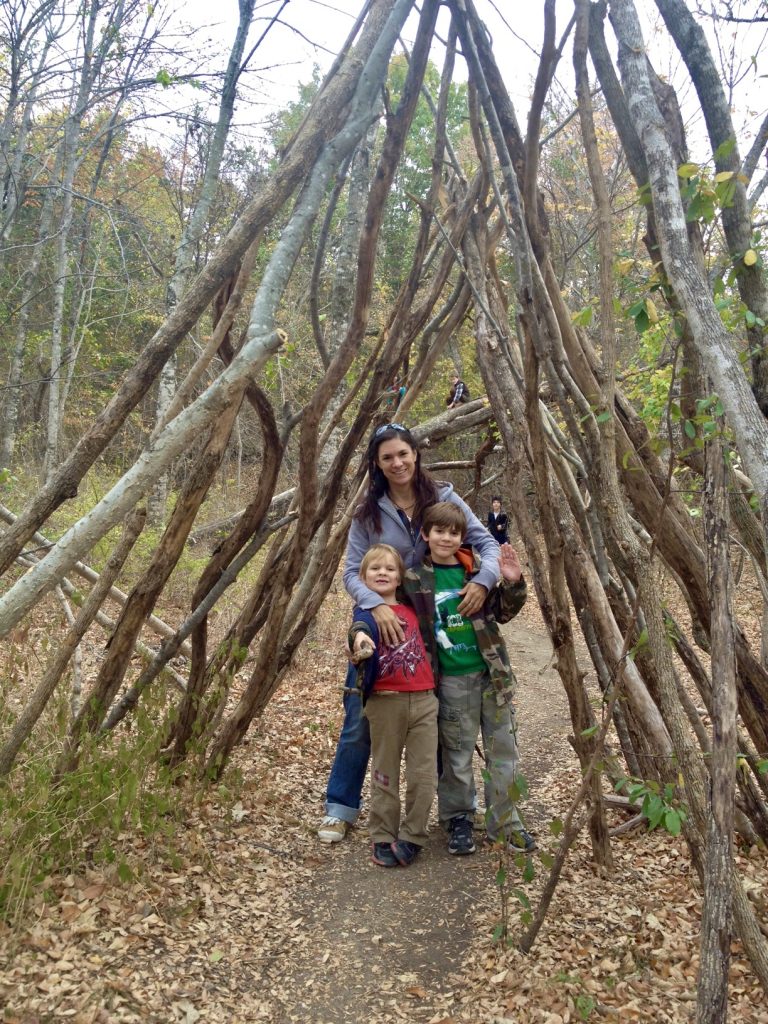
- Increased endorphin levels and dopamine production (promotes happiness)
Endorphins and dopamine are both chemicals in your body that make you happy, but they function in different ways. Endorphins are released when you feel pain or stress and nerves in your body send pain signals to your brain. Your brain releases these endorphins to block the nerve cells that receive the pain signals and essentially they relieve pain naturally by attaching to your brain’s reward centers (opiate receptors). And then, voila, dopamine is released. Endorphins may naturally help soothe achy muscles. And then when the dopamine releases, you get a runner’s high. Dopamine motivates you to do something over and over again. Like giving birth. It helps you forget the stress or pain and feel that happy feeling instead.
- Restored capacity for concentration and attention
Researchers have a theory called “attention restoration theory” and it states that nature replenishes one’s cognitive resources, restoring the ability to concentrate and pay attention. The idea is that If you’ve been using your brain to multitask—like most of us do most of the day—and then you stop and put all of that aside and go just be outdoors, you’ve let the prefrontal cortex recover, which then allows you for focus on the task at hand and start fresh.

- Reduced symptoms of anxiety and depression
We just talked about how being outside in nature increases happiness, so it’s only natural that it would reduce irritability. You can find all kinds of different activities outdoors for all fitness levels and preferences. Whether it means going for a swim, taking the dog for a walk or mountain biking, spending time in nature promotes mental well-being.
- Lowered blood pressure and reduced cortisol (stress hormone)
Numerous studies show that both exercising in forests and simply sitting looking at trees reduce blood pressure as well as the stress-related hormones cortisol and adrenaline. In one of these studies they actually just gave some people pictures of trees and found it had a similar, though less dramatic effect. Studies examining the same activities in urban, unplanted areas showed no reduction of stress-related effects.
- Strengthens the Immune System
Going outdoors and getting enough sunlight can help boost your immune system. Part of the reason is that it increases levels of Vitamin D, which many people are deficient in. Obviously, too much sun can be bad for you, but, studies show that getting between 15 to 20 minutes a day of sunshine will allow your body to better absorb vitamin D, which helps strengthen bones and reduce the risk of cancer, type 2 diabetes, and multiple sclerosis.
Another immune boost comes from breathing fresh air. While we breathe in the fresh air, we breathe in phytoncides, which are airborne chemicals that plants give off to protect themselves from insects. Phytoncides have both antibacterial and antifungal qualities which help plants fight disease. When people breathe in these chemicals, our bodies respond by increasing the number and activity of a type of white blood cell which can kill tumor- and virus-infected cells in our bodies.

- Improves short term memory
A University of Michigan study revealed students who regularly went for a nature walk actually had a better time retaining information. In the first of two studies participants were given a 35 minute task involving repeating loads of random numbers back to the experimenter, but in reverse order. After this they were sent out for a walk – one group around an arboretum and the other down a busy city street – both while being tracked with GPS devices. They each repeated the memory test when they got back.The results showed that people’s performance on the test improved by almost 20% after wandering amongst the trees. By comparison those subjected to a busy street did not reliably improve on the test.
In the second study participants stayed in the lab but were given pictures of natural scenes while others looked at urban environments. The improvements weren’t quite as impressive as the first study, but, once again, the natural image group beat out the urban image group.
- Improves Sleep
Spending time in natural light helps our bodies better regulate our sleep patterns. When the sun goes down, our brains will release the right levels of melatonin to help get a good night’s sleep. Nature can also help reset your circadian rhythms. Circadian Rhythms are physical, mental, and behavioral changes that follow a 24-hour cycle. These natural processes respond primarily to light and dark and affect most living things, including animals, plants, and microbes. The circadian rhythm regulates metabolism, too and just keeps us functioning optimally.
- Improves Vision
We spend a lot of time looking at screens, which can damage eyesight. Eye strain is experienced in up to 90% of people who use computers daily. Going outside gives our eyes a break. When we’re outside, we’re able to focus our eyes on objects in the far distance, helping to prevent the onset of myopia and reduce headaches.

- Inspires Creativity
Being out in nature can help you to get inspired by all the sights, smells, and sounds of the outdoors, not to mention all the brilliant colors that make up our landscapes, sea and sky. Science shows that spending time outside actually helps get our creative juices flowing. There was a study that showed that hikers on a four-day backpacking trip could solve significantly more puzzles requiring creativity when compared to a control group of people waiting to take the same hike—in fact, 47 percent more. Nature can inspire you and help you get past a creative block via self-reflection.
- Develops a Deeper Sense of Spirituality
Being outside in nature gives us a chance to clear our minds, self-reflect, or meditate. Spending time in nature helps us live in the moment as we breathe in the air, listen to the sound of the birds, small animals, a babbling brook, or feel the wind through our hair, touch the grass or leaves. The changes of season may reflect changes in your life. All of this can relate to your inner spirituality.

How do you get your family to spend more time outside? (17:45)

- Studies show that a minimum of 2 hours a week spent in nature, either at one time or broken up over the week can significantly increase your health and well being.
- Make sure you pick a safe and welcoming place to visit. Time in nature is only a stress antidote if you are able to properly relax and embrace the experience.
- To maximize the health benefits of being in nature, try your best to really take in your surroundings and be present. Breath deeply, don’t wear headphones, take time to listen and look.
- While just a stroll or sitting outside can expose you to all those awesome nature benefits, also try moving your workout outdoors. Exercising in nature can reduce the risk of mental health problems by up to 50%.
- Take up a new hobby or activity that allows you to spend more time outside, such as birdwatching, gardening, paddleboarding, or running.
- Are there places you need to go anyway that are possibly in walking distance? Walking to the store or drugstore or a coffee shop instead of driving can be a great way to get your family outdoors.
- Do you live in an urban area with few outdoor options? Consider making your interior more nature friendly. Add indoor plants, furniture made of wood materials, let in as much sunlight as possible, and hang pictures of natural scenes.
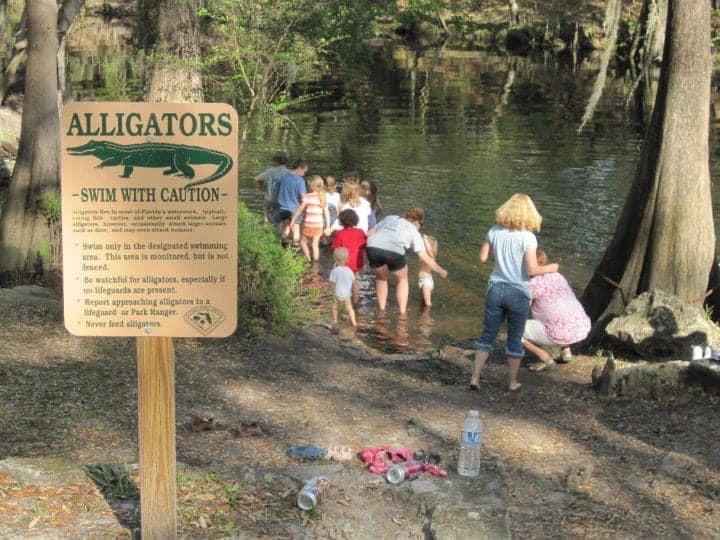
Here are some great ways families can connect in the outdoors
- Enjoy your backyard. You don’t have to have a fancy yard to experience nature. Go outside and find what amazing things lurk just in your yard. You might be surprised!
- Take walks together. Walk in your neighborhood and point out different trees, flowers, and other animals. Walk nearby nature trails.
- Visit your local park and playground. Play on the swings together, check out the ducks and swans that live in the ponds, climb trees.
- Visit a nature center or state park. Read the placards, walk the maintained trails, and take a class. These are often great places to find kids’ activities and great guidebooks, too.
- Go for a picnic. This doesn’t even have to be a fancy one you pack. Stop by the drive through or store and just take your food and eat it somewhere else.
- Go camping.
- Visit a zoo or wildlife facility or some other place with animals and wild spaces.
- Visit the beach. From jumping in waves, to collecting sea shells, and just breathing that salty air, the beach offers tons of family nature activities.
- Hike up a mountain- is there a great place to explore elevation changes in your area? Climbing to the top can invite a great sense of accomplishment and give a goal to your walk.
- Find out if there’s a place near you where you can search for stones, gems, or fossils.
- High ropes courses. A super fun way for a family to build resilience is to challenge, motivate and help each other through a high ropes course.
- Volunteer with a park or trail group. Sometimes parks offer trail clean up crews or other things that you can do as a family.
- Join a group like my hiking group (free) or other national groups like Wild and Free or Barefoot University.
- Enter a race or other family competitive event.
- Start a garden, join a community garden, or even just plant some plants in pots at your house.

There are so many different ways that you can bring more nature into your family’s life. Being present with your child in the outdoors will build wonderful memories that lead to lifelong family connections.

How to incorporate nature study into your homeschool? (29:09)
Set up a bird basket by a window in your house that looks out to a spot in the yard and maybe set up a feeder. Our basket had bird books, a bird journal and pencils, a bird sound maker, and binoculars. You really get to know the birds that come to your feeder, patterns to their seasons, families, etc.
Ways To Use Nature Studies Your Homeschool in Every Season to Teach Science, Math, Art:

We also carried a backpack with binoculars, magnifying glass, id guides, and specimen jars. I love the plastic tri-fold guidebooks for trees, plants, birds, dangerous animals, snakes, butterflies, etc. I also like to purchase these at our state parks or nature centers, so that money goes back into their programming.

Like we mentioned, take a nature walk. It doesn’t have to be far, in fact you can slowly build up to greater distances. We often say that our littlest hikers will hike for miles as long as they have someone to talk to, so feel free to walk with friends, too. Geocaching or orienteering are fun activities to kind of get reluctant kids out.
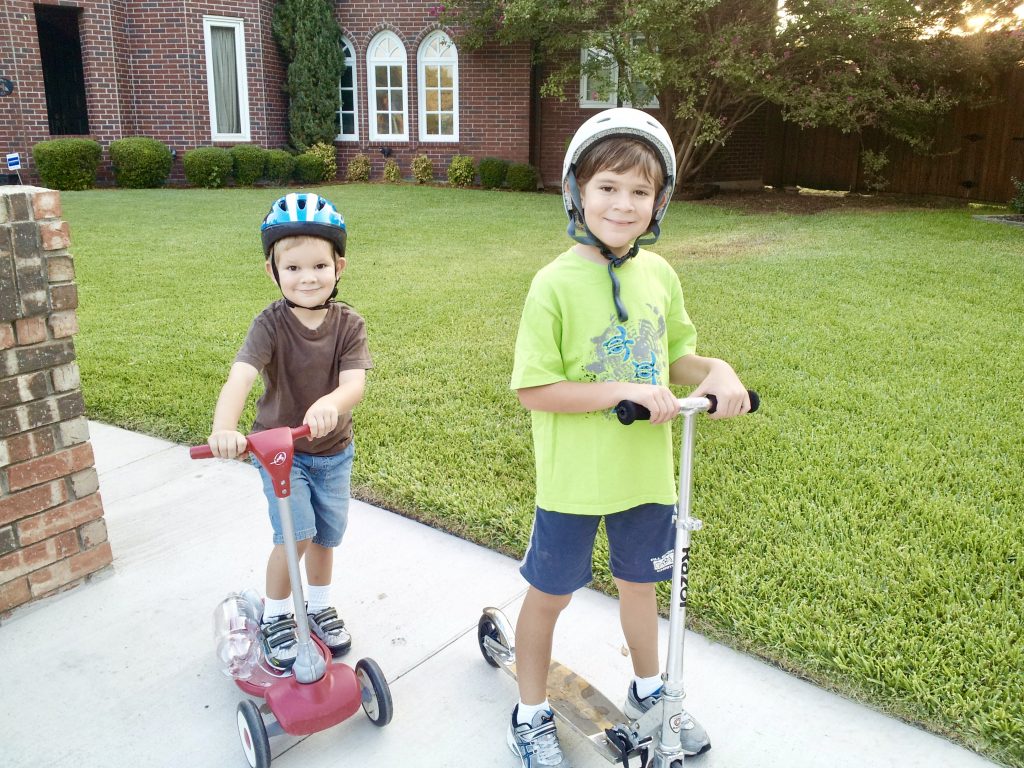
Keep a Nature journal- draw pictures of what you see, write about your nature walk. Keep flowers or leaves- you can press them into a book or flower press or preserve in wax paper. Keep a collection of things.
Do a nature scavenger hunt.
FREE Nature Scavenger Hunt:
Choose a category to study at a time, like wildflowers and then trees, birds, and then mammals. You may want to focus on a certain thing for weeks at a time.

Charlotte Mason was a big proponent of using nature to aid in memorization. If they can list 200 Star Wars characters, they can memorize the 10 most common trees and wildflowers in your neighborhood.
The Laws Gude to Nature Drawing and Journaling is by far the BEST Nature Journal we use in our own homeschool.
There is so much information, beautifully illustrated, in an easy-to-understand way. Your children with love it

Flower Press Kit we’ve used in our homeschool:

The Julia Rothman Collection: Farm Anatomy, Nature Anatomy, and Food Anatomy

Anna Comstock Handbook of Nature Study- popular very old nature study book for kids. First written in 1911―and revised in the spirit of its authors by a group of naturalists in 1939. She took the view that we should know first and best the things closest to us. Only then, when we have an intimate knowledge of our neighbors, should we journey farther afield to learn about more distant things.

One small square books series:

Thornton Burgess books
Animal friends series

Bird book

Seashore book

Animal book

Curious Kids Nature Guide

First Lessons in Nature Study

National Parks 4th grade

The voucher or pass grants free entry for fourth graders, all children under 16 in the group and up to three accompanying adults (or an entire car for drive-in parks) to most federally managed lands and waters.
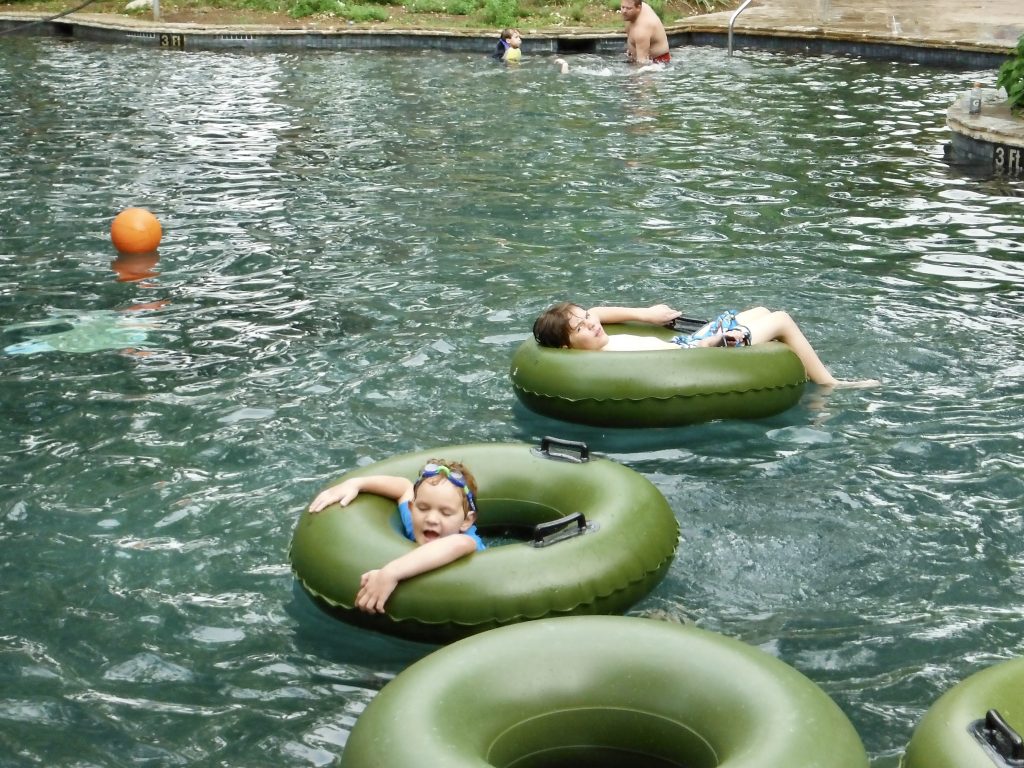
Books for parents
“Last Child in the Woods” Gathering thoughts from parents, teachers, researchers, environmentalists and other concerned parties, Louv argues for a return to an awareness of and appreciation for the natural world. Not only can nature teach kids science and nurture their creativity, but he also says, nature needs its children: where else will its future stewards come from?

“Balanced and Barefoot” In this important book, a pediatric occupational therapist and founder of TimberNook shows how outdoor play and unstructured freedom of movement are vital for children’s cognitive development and growth, and offers tons of fun, engaging ways to help ensure that kids grow into healthy, balanced, and resilient adults.

“There’s No Such Thing as Bad Weather: A Scandinavian Mom’s Secrets for Raising Healthy, Resilient, and Confident Kids (from Friluftsliv to Hygge)” Could the Scandinavian philosophy of “There’s no such thing as bad weather, only bad clothes” hold the key to happier, healthier lives for American children?

Flower Finder



